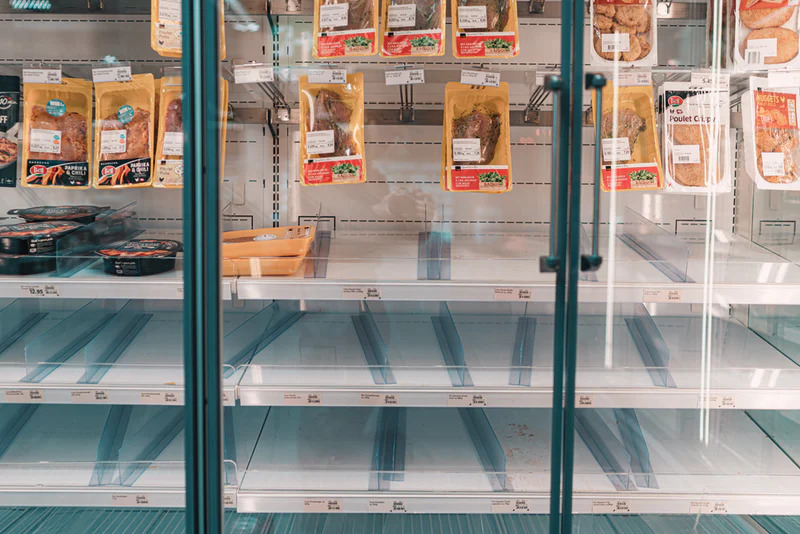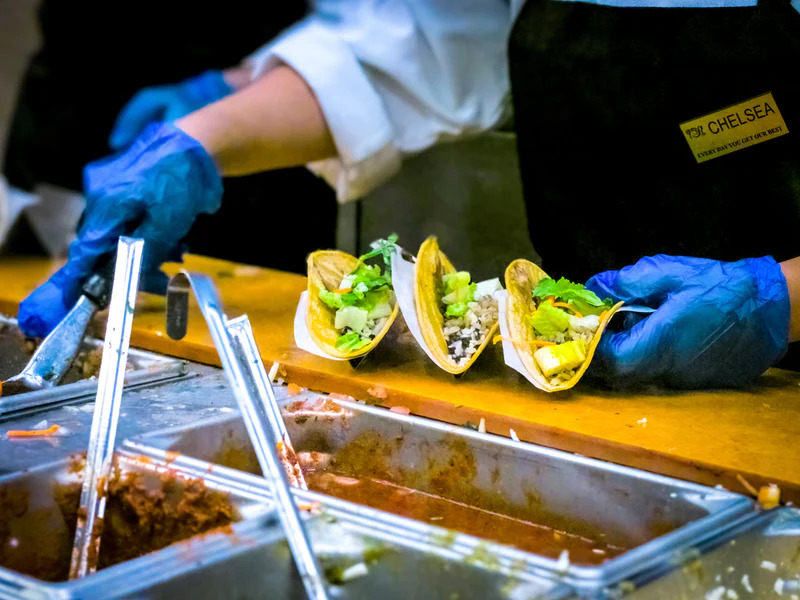Learn the steps & importance of temperature records How to Keep Temperature Records

In the food industry, it is essential to keep records of temperatures to guarantee food safety. Fridges and freezers need to be at the right temperatures to prevent bacterial growth, and food needs to be cooked to high enough temperatures to kill any bacteria and ensure it is safe to eat.
Logging accurate temperature records is an important part of a food safety management system as it allows you to prove due diligence in the event of a food poisoning outbreak. In other words, if you have evidence that all foods on your premises were stored and cooked at the correct temperatures, you can more easily defend yourself against allegations of unsafe food handling.
We’ll give you a refresher on safe temperatures for food deliveries, refrigeration and freezing, and offer free temperature record sheet templates for you to use in your premises.
Why Do I Need to Record Temperatures?
Monitoring temperatures is an important part of a food safety management system such as HACCP. In fact, step 9 of HACCP requires premises to have a consistent monitoring system for critical control points including temperatures. This system should provide a written record of CCPS and identify any deviation away from target levels. This is so any errors in temperature can be quickly identified and fixed to ensure the continued safety of customers.
Recording temperatures is also important for enabling you to prove due diligence. Due diligence means being able to prove that you took all reasonable steps to ensure food safety and hygiene and prevent foodborne illness outbreaks, and is your best defence in case of a legal dispute or suspected outbreak in your local area.
What Are the Correct Temperatures?
In food businesses, it’s important to keep food out of the temperature danger zone (5°C to 63°C) as much as possible. This is because bacteria can more easily multiply at these temperatures thus increasing the risk of foodborne illnesses being passed to customers.
Deliveries
High-risk, chilled foods must be delivered at 5°C or below. If your delivery is higher than 8°C upon arrival, you can reject it as it may have been in the danger zone too long and therefore be unsafe to eat.
Frozen foods must be delivered at -18°C or below. If your delivery is higher than -12°C on arrival, you must reject it.
All accepted frozen and chilled food deliveries should be correctly stored within 20 minutes.
Delivery records may vary between premises, but most will contain space to record:
- The date the delivery was received
- The name of the supplier
- Invoice number
- Temperature on arrival
- Additional comments
- The name of the person completing the check.
Fridges and Freezers
Fridges should be kept between 1°C-5°C.
 High risk and low-risk foods should be stored separately in refrigerators, and if possible, in separate refrigerators, and raw food should be stored on the bottom shelves or drawers to avoid any possible cross-contamination, particularly on ready-to-eat foods.
High risk and low-risk foods should be stored separately in refrigerators, and if possible, in separate refrigerators, and raw food should be stored on the bottom shelves or drawers to avoid any possible cross-contamination, particularly on ready-to-eat foods.
To control refrigerator temperatures:
- Ensure the fridge is not overloaded
- Never place food in front of the cooling unit
- Leave enough space between food to allow air to circulate
- Store raw and high-risk foods separately from ready-to-eat foods
- Make sure fridges are serviced and cleaned regularly - door seals, handles and the inside of fridges should be checked for damage often and cleaned using food-grade sanitiser.
Freezers should be kept at -18°C or below.
High risk and low-risk foods should be stored separately in freezers, and raw food should be stored on the bottom shelves or drawers to avoid any possible cross-contamination.
How Often Should I Check Temperatures
According to the Food Standards Agency, you should record fridge and freezer temperatures at minimum once a day. However, temperatures should be checked more frequently in higher risk environments such as for businesses that are open longer hours.
Carrying out three checks a day is a simple way to ensure safety; once in the morning when staff arrive, once in the afternoon and a final check in the evening before staff leave for the night.
How To Fill In A Temperature Record Sheet
Temperature record sheets may differ between premises, but most of them will have the following sections
- Location or name of the appliance
- Time - note down the exact time of the check
- Temperature - check the temperatures of appliances by using either a probe or the internal temperature gauge on the appliance. Alternate between the probe and the temperature gauge and occasionally check the temperature using both, to account for cases where either piece of equipment may be faulty.
- Name/initials - indicate who carried out the temperature check. It should be someone with the right training who knows how to take readings properly and what to do if the reading suggests an issue.
- Make a note of the name of the supervisor in charge for the day, as they are responsible for signing off temperature records at the end of each shift.
You can access a temperature record sheet here.
Learn more about the importance of maintaining temperature records and other food safety procedures in our Food Safety and Hygiene Level 2 course.
Download our free Temperature Record Sheet Template here.
From the blog


